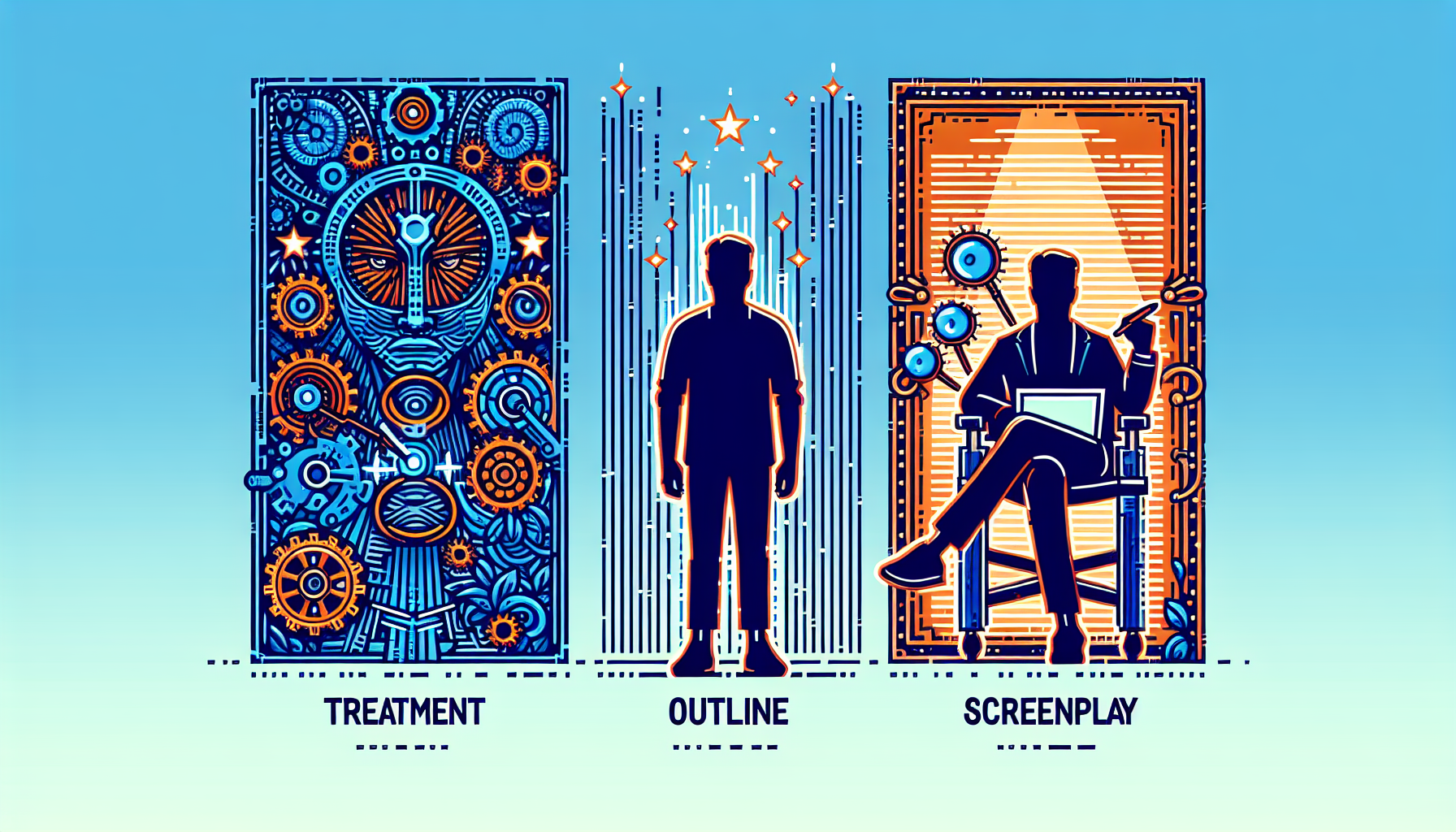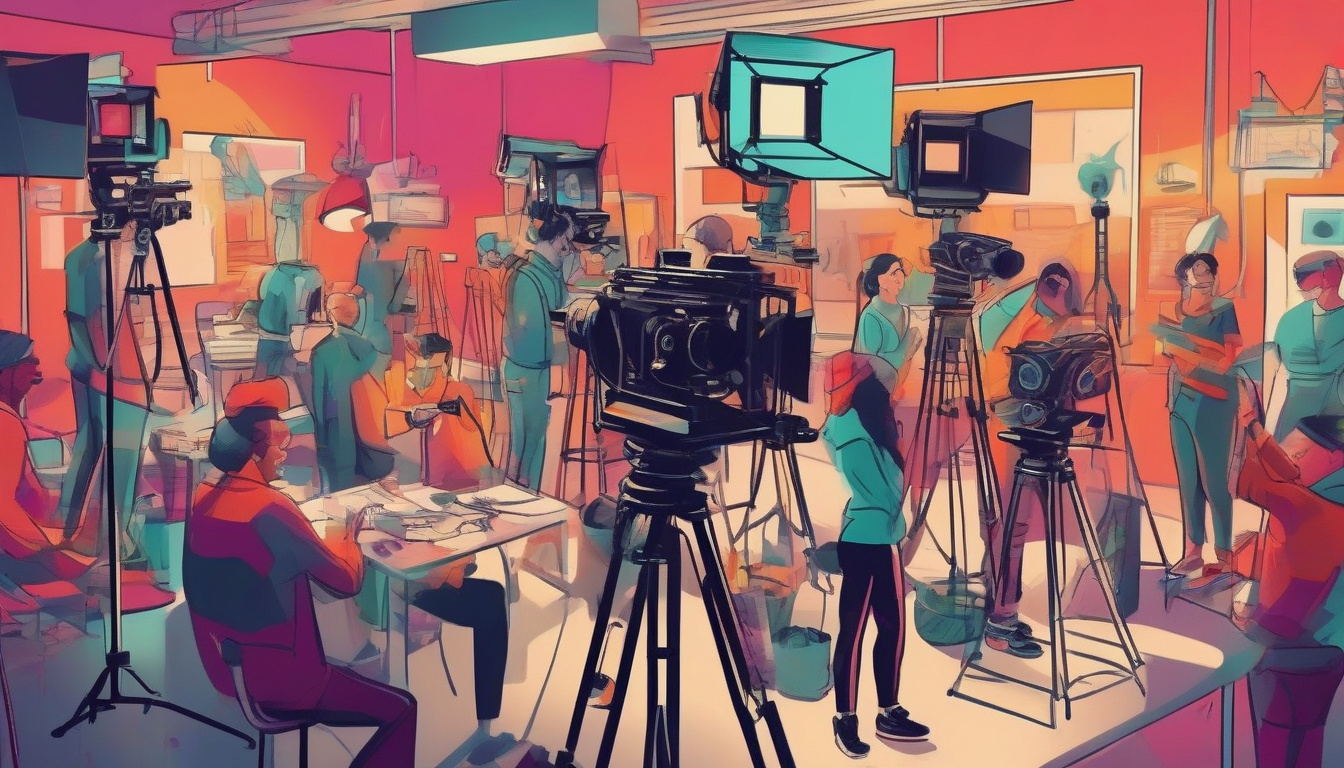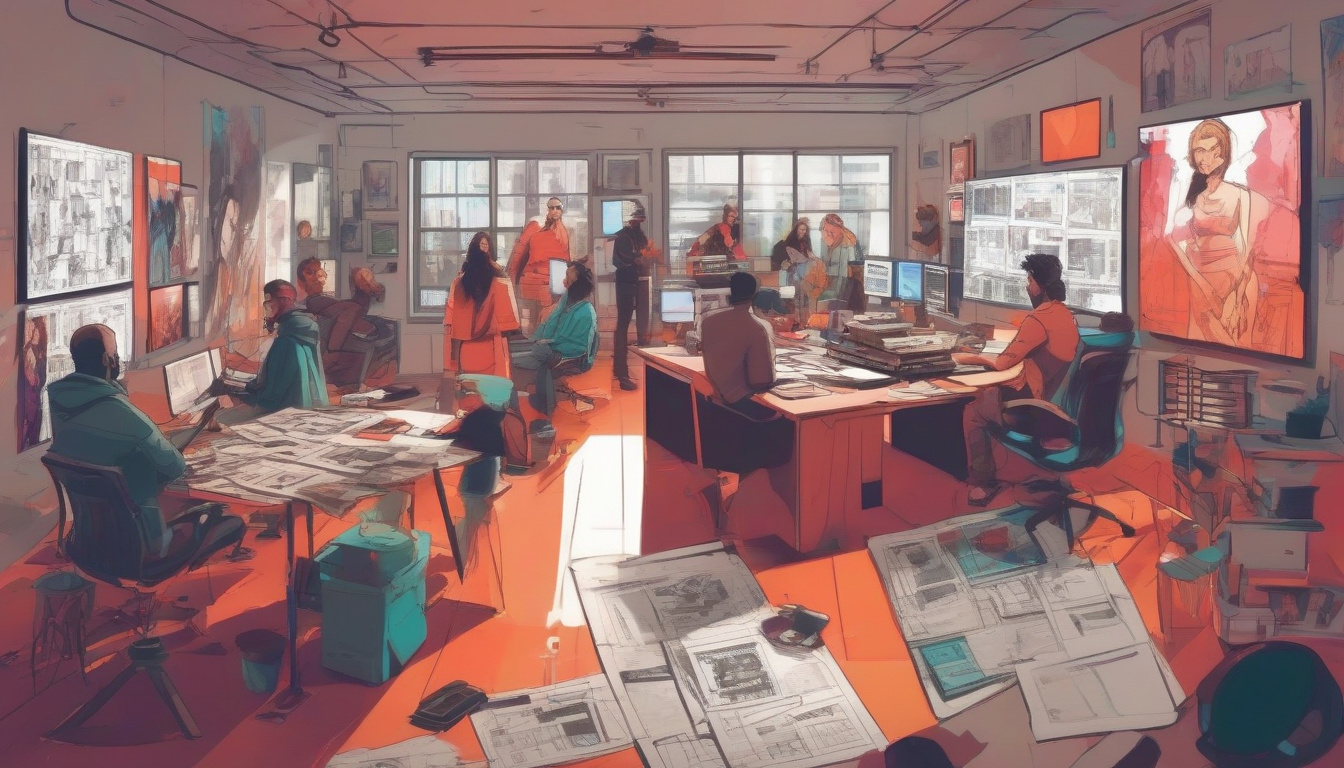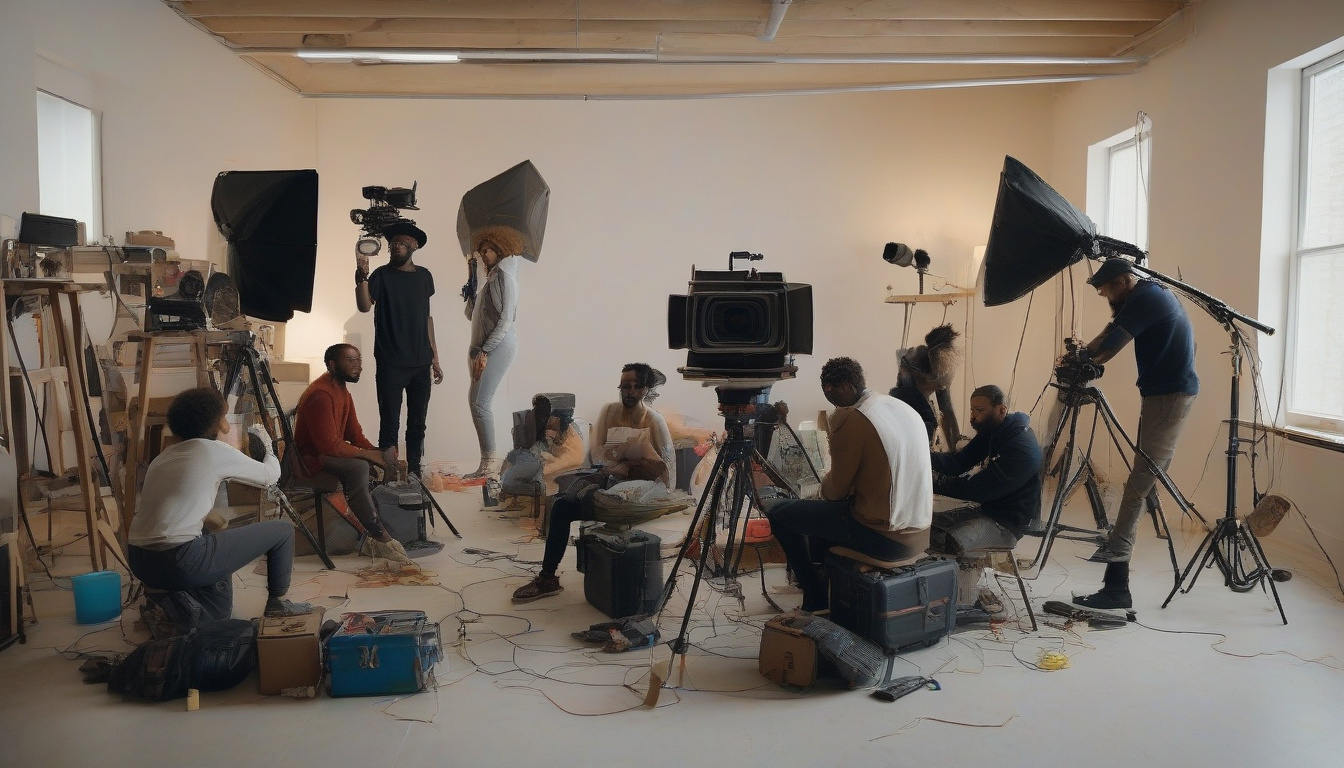
Introduction
Whether you’re an aspiring screenwriter or just a cinephile looking to understand more about the filmmaking process, the concepts of treatment, outline, and screenplay are foundational elements that you need to know. Each serves a unique purpose in the journey from initial concept to final film, and understanding their differences is key to grasping how ideas are transformed into cinematic stories.
What is a Treatment?
A treatment in the world of film and television is a prose document that summarizes the story of the project. It is more detailed than a pitch but less detailed than a screenplay. Treatments can range from a couple of pages to 30 pages or more, depending on the complexity of the story and the requirements of the production company or funding body. They outline the narrative arc of the main characters, major plot points, and the setting but do not include dialogue unless used to showcase the tone of the movie. Treatments are used by screenwriters to sell their idea and by production teams to gain an understanding of the project’s scope before a screenplay is developed.
What is an Outline?
An outline is a structured summary of the screenplay, breaking down the narrative into acts, sequences, and sometimes even individual scenes. It is more detailed than a treatment and is primarily used as a guide for writing the screenplay. Outlines can vary in format, from simple bullet points to complex, indexed documents detailing every narrative turn. They serve as a roadmap for the screenplay, ensuring that the story’s structure is solid before the screenwriter dives into the nuances of dialogue and scene descriptions.
What is a Screenplay?
A screenplay, or script, is the final and most detailed form of the story, written in a specific format that includes dialogue, action descriptions, and technical instructions for the film crew. Unlike treatments and outlines, screenplays specify camera angles, transitions, and other cinematographic details on top of the dialogues and physical actions of the characters. A typical screenplay is approximately 90 to 120 pages long, with one page roughly translating to one minute of screen time. Screenplays are the blueprint for the film, guiding every department through the production process.
Key Differences
The key differences between a treatment, outline, and screenplay lie in their purpose, detail, and format. A treatment is a narrative description used early in the development process to sell or pitch an idea. An outline is more detailed, used by the writer to structure the story before drafting the screenplay. Finally, the screenplay is the comprehensive document that combines dialogue with technical instructions to guide the production of the film.
Conclusion
Understanding the differences between a treatment, an outline, and a screenplay is crucial for anyone looking to work in the film industry or even to better appreciate the complexities of film production as a viewer. Each serves a specific purpose in the translation of a story from an idea in the writer’s mind to a fully realized cinematic experience. By recognizing these distinctions, one can better appreciate the intricate work that goes into storytelling on screen.






